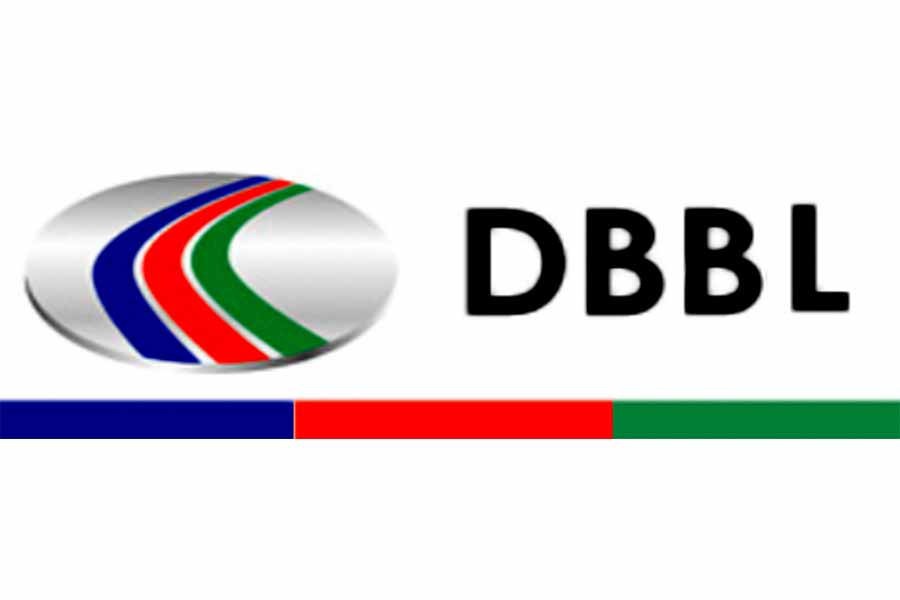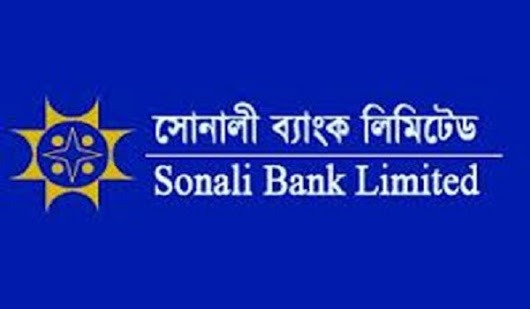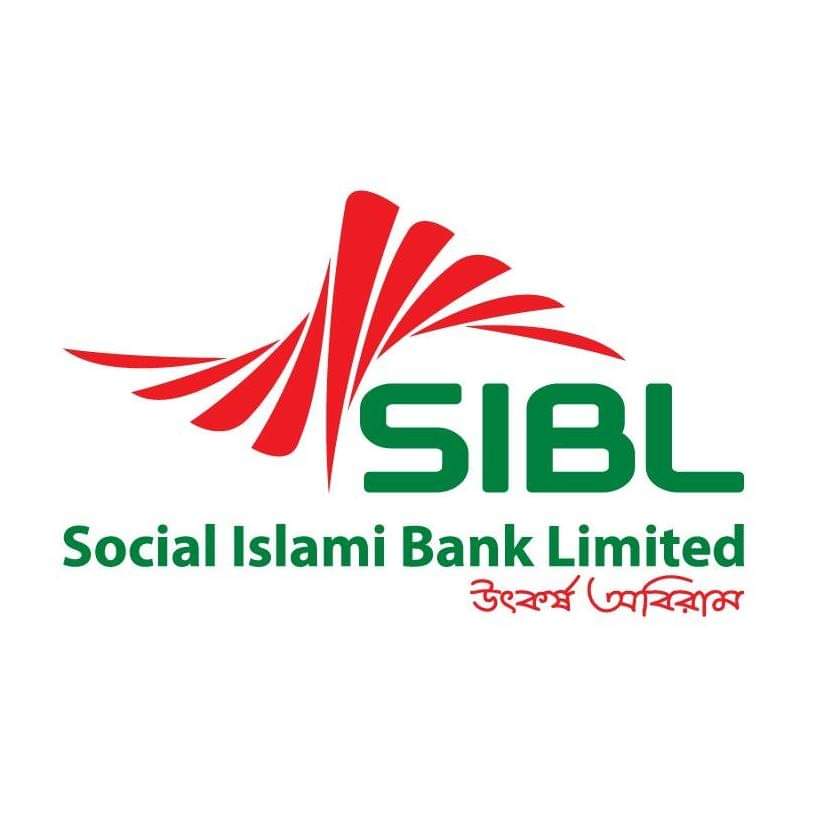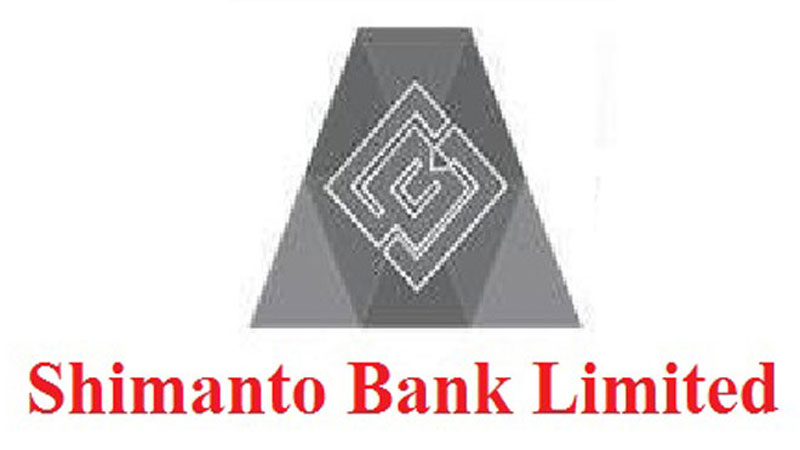bank
Banks In Bangladesh
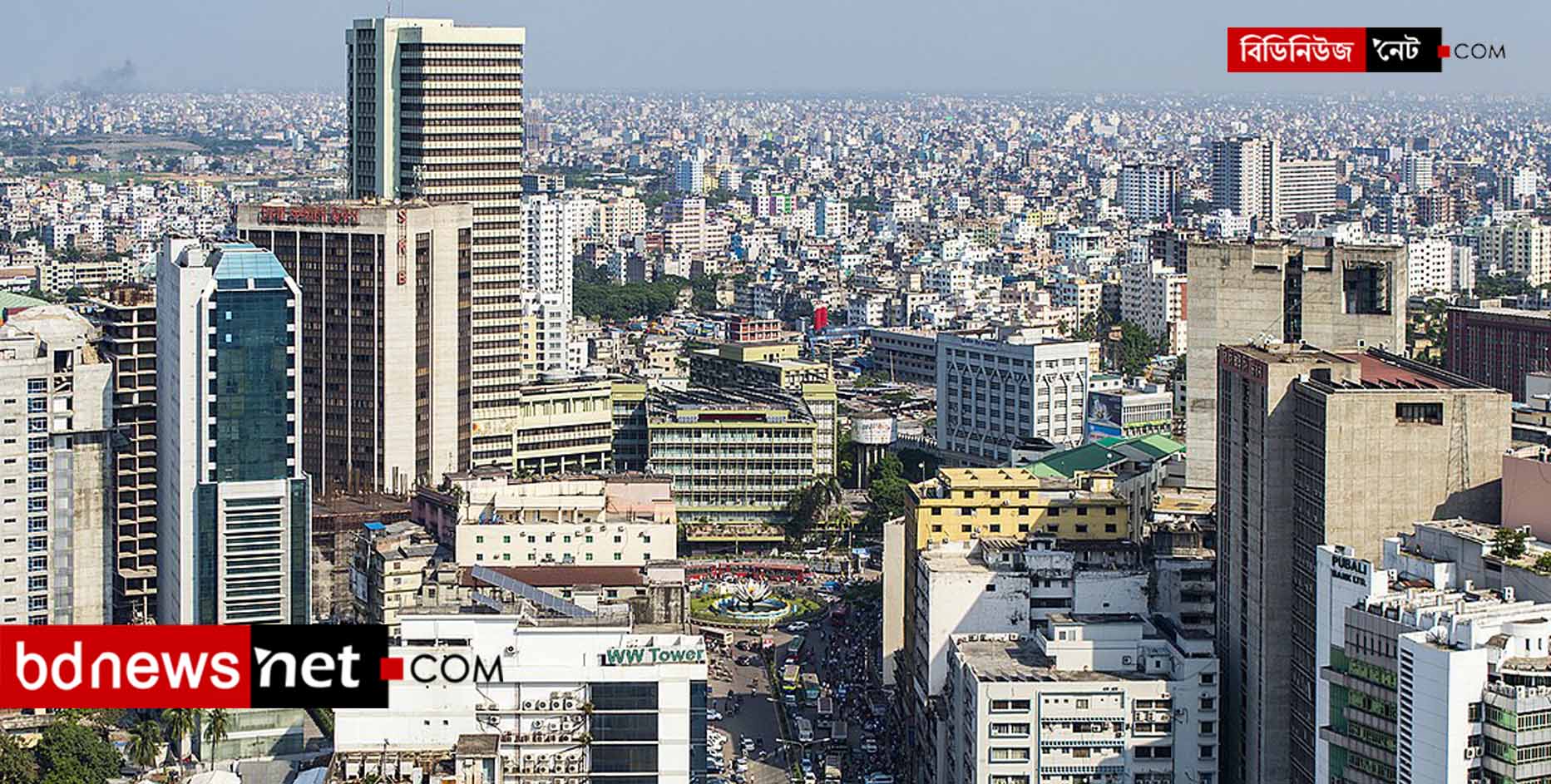
Bangladesh’s Banking sector has expanded over the years in terms of number of institutions and bigger volumes of assets . The banking sector in Bangladesh comprises four categories of scheduled banks state-owned commercial banks (SCBs), state owned development financial institutions (DFIs), private commercial banks (PCBs) and foreign commercial banks (FCBs). Total number of 57 banks operated in 2018. The number of bank branches increased at the end of December to 9955 . In Private sector service is concentrated in only three banks, with DBBL, Bank Asia, and Al Arafah holding the major share of the market . According to research by the Bangladesh Institute of Bank Management (BIBM), 52% of the banks are at a high risk of cyber attacks .
| Type of Bank | Number of banks | Percentage Total Assets |
| State-owned commercial banks (SCB) | 6 | 25.88% |
| Sate owned development financial institutions (DFI) | 2 | 2.43% |
| Private commercial banks (PCB) | 40 | 67.07% |
| Foreign commercial banks (FCB) | 9 | 4.62% |
| Total | 57 | 100% |
Moody’s Investors Service says that the outlook for Bangladesh’s (Bangladesh, Government of, Ba3 stable) banking system is negative . Underlying weaknesses in corporate governance, especially at state-owned banks, has led to nonperforming loan ratios rising to 10.4% as of June 2018 . Bangladesh Banking system is poorly regulated . State-owned commercial banks (SCBs) have failed to maintain minimum capital adequacy requirements since 2013 .

